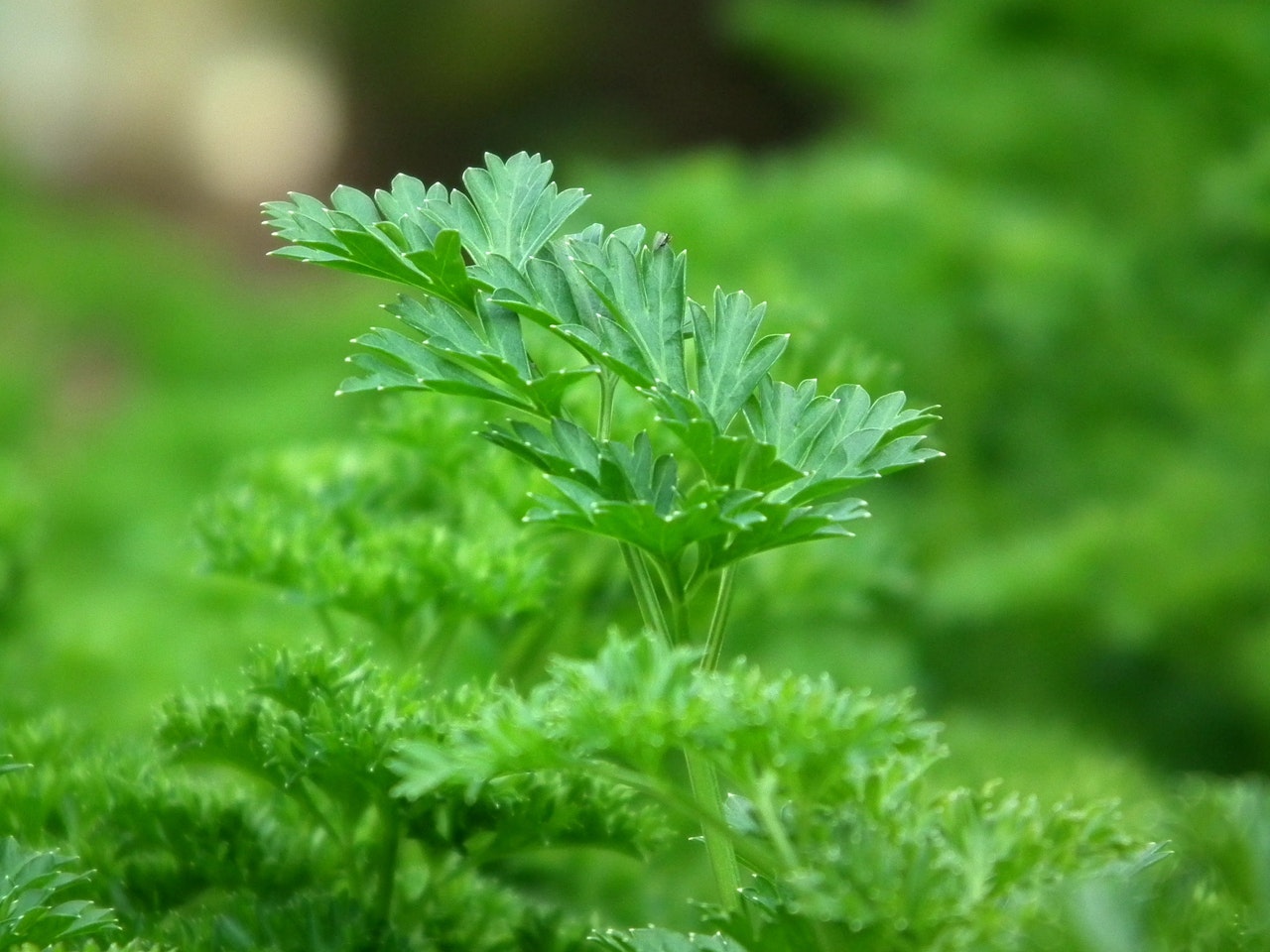Protection of Parsley from Pests
The most significant pests affecting parsley are the carrot fly (Psila rosae) and the swallowtail butterfly (Papilio machaon).
Carrot Fly
(lat. Psila rosae)
The adult fly lays eggs at the base of the carrot root or in the soil. Once the larvae hatch, they bore into the roots, creating tunnels as they feed. This damage degrades the quality of the root’s flavor. Carrot plants infested by the larvae of this fly can be identified by their leaves turning purple, then yellowing and drying out. The carrot fly has two generations per year. The first appears in early May, and the second, more numerous generation, appears in July. It overwinters in the pupal stage.
Swallowtail Butterfly
(lat. Papilio machaon)
The caterpillars of the swallowtail butterfly feed on the aerial parts of parsley, causing damage. Although larger populations of swallowtails can appear in certain years, they are never so numerous as to threaten cultivation, and their destruction, whether chemical or mechanical, is prohibited as they are a protected species.
Protection of Parsley from Diseases
The most significant diseases of parsley include leaf spot (Septoria petroselini), black root rot (Alternaria radiciana), and powdery mildew (Erysiphe heraclei).
Leaf Spot
(lat. Septoria petroselini)
This disease is transmitted through seeds, which serve as the primary source of infection. The development of this fungus is favored by moist conditions and temperatures between 18 – 25°C. Preventive measures include seed treatment and proper crop rotation. Fungicides are not applied to the leaves if the parsley is intended for consumption.













































